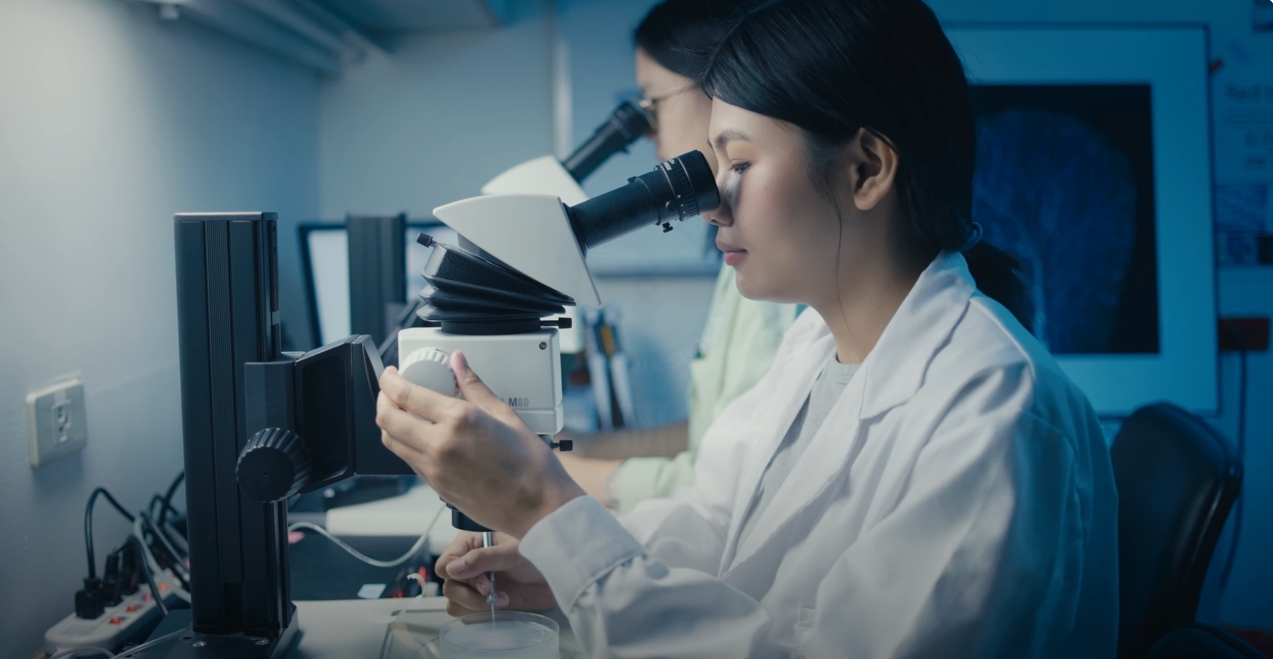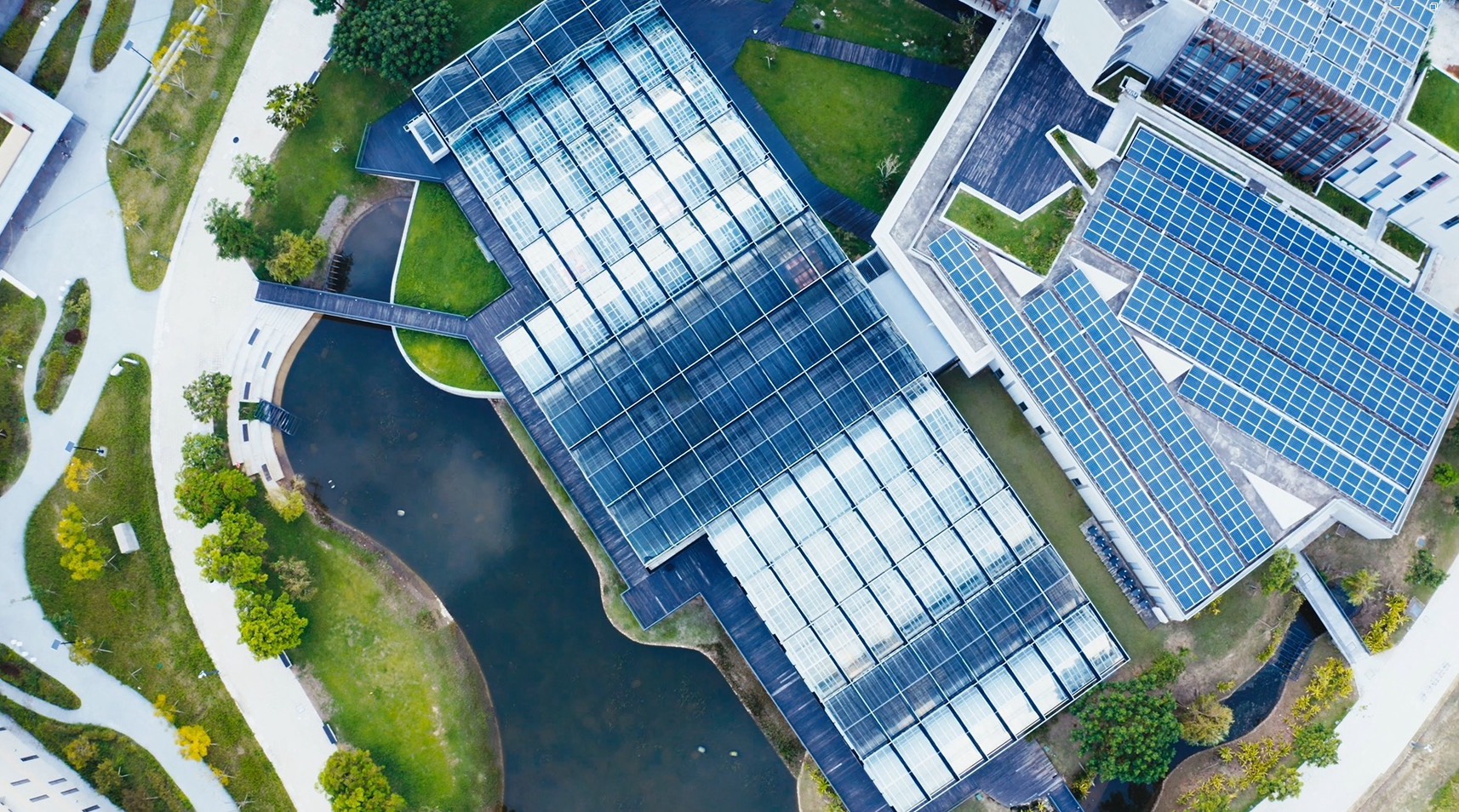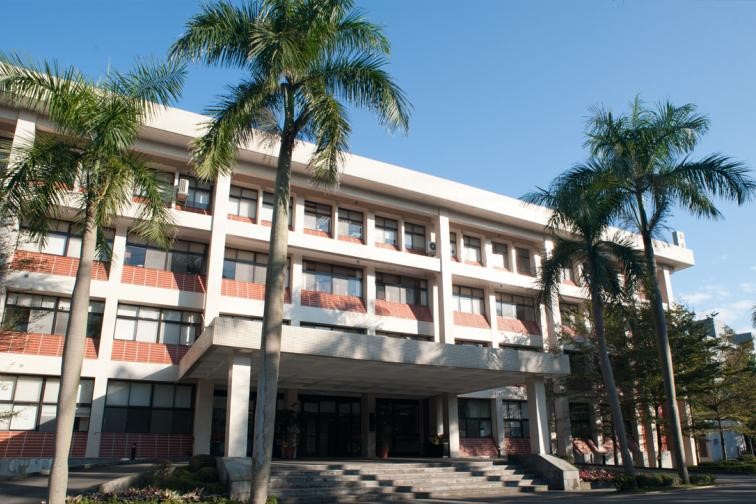- 演講或講座
- 農業生物科技研究中心
- 地點
本院農科大樓1樓A134演講廳
- 演講人姓名
Dr. Kentaro Mori (Associate Professor, UMR Fruit Biology and Pathology, INRAE-University of Bordeaux, Villenave d’Ornon, France)
- 活動狀態
確定
- 活動網址
Ascorbate is an essential metabolite that plays a crucial role in maintaining cellular redox balance by scavenging reactive oxygen species (ROS) in living organisms. Twenty-five years after the discovery of the ascorbate biosynthesis pathway in plants, the regulatory mechanisms governing its biosynthesis are gradually being elucidated. Using forward and reverse genetic approaches, we have successfully identified and characterized genes involved in regulating ascorbic acid biosynthesis in tomato (Bournonville and Mori et al., 2023; Deslous et al., 2021). Interestingly, both regulatory elements—a PAS/LOV photoreceptor and an upstream open reading frame (uORF)—were found to negatively regulate one of the ascorbate biosynthesis enzymes, GDP-l-galactose phosphorylase (GGP). In this presentation, we discuss the multi-level regulation of GGP, highlighting how this fine-tuned control contributes to ascorbate homeostasis and would be a potential target to enhance plant resilience to biotic and abiotic stresses.









 首頁
首頁

